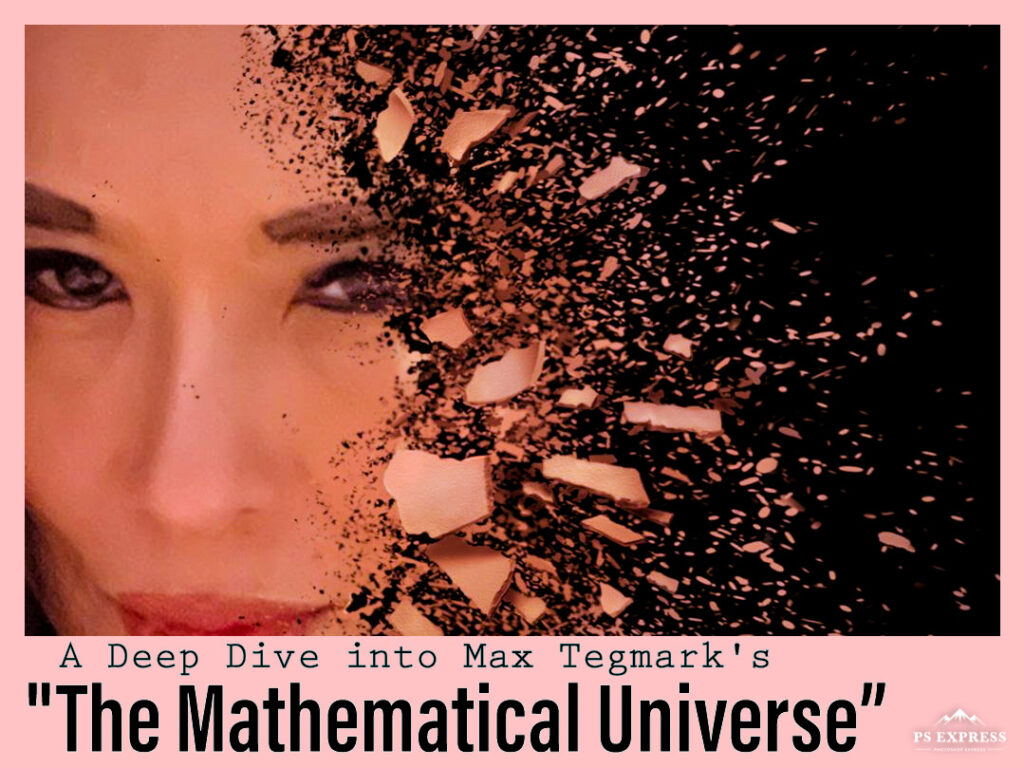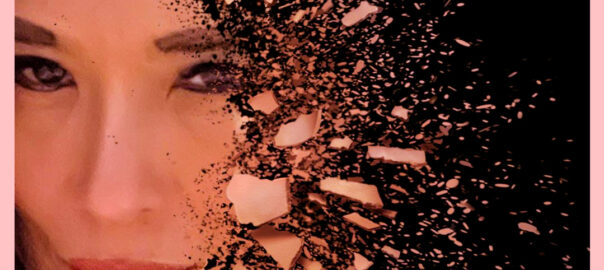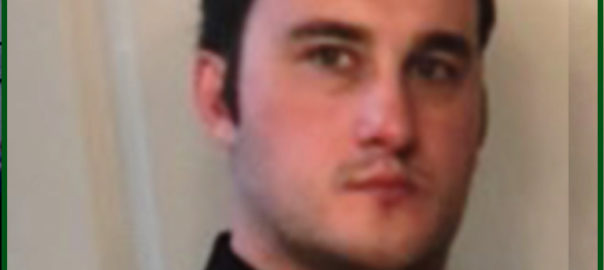
Max Tegmark’s “The Mathematical Universe” invites readers on an exhilarating journey through the cosmos, challenging our understanding of reality and proposing a radical idea — that the universe is inherently mathematical. In this comprehensive exploration, we’ll delve into the key concepts of Tegmark’s book, examining the profound implications of a universe governed by mathematics and illustrating these concepts through intriguing examples.
The Mathematical Universe Hypothesis:
At the heart of Tegmark’s exploration lies the Mathematical Universe Hypothesis (MUH). According to this audacious proposition, the entire cosmos, from the smallest particles to the grandest galaxies, is not just described by mathematics but is fundamentally mathematical in its essence. Tegmark posits that the universe doesn’t just behave mathematically; it is mathematics.
Cosmic Constants and Mathematical Patterns:
Tegmark illuminates the idea that the physical laws and constants we observe in our universe might not be arbitrary but instead result from the inherent mathematical structure of reality. Consider the speed of light, a fundamental constant. In Tegmark’s framework, this isn’t a random value but rather a consequence of the mathematical structure that defines our universe.
Cosmic Information and the Multiverse:
Tegmark introduces the concept of Level IV multiverse, where every mathematically possible universe exists. He suggests that our universe is just one mathematical structure within an infinite ensemble. This raises profound questions about the nature of existence and our place within the cosmic symphony.
Practical Implications of the Mathematical Universe:
1. **Reality as a Mathematical Structure:**
Tegmark challenges us to perceive reality not as a mere physical construct but as a complex mathematical structure. Consider the example of quantum entanglement, where particles instantaneously affect each other’s states, seemingly defying physical constraints. In the mathematical universe, these phenomena find elegant explanations within the framework of mathematical relationships.
2. **Mathematics and Artificial Intelligence:**
The idea that the universe is mathematical has implications for artificial intelligence. Tegmark proposes that advanced AI entities might eventually discover the same mathematical structures that underlie our reality. This prompts us to reconsider the role of mathematics in the evolution of intelligence.
3. **Philosophical Reflections:**
Tegmark’s exploration invites philosophical contemplation about the nature of existence. Consider the concept of mathematical Platonism, where mathematical structures exist independently of human thought. This challenges our conventional understanding of mathematics as a human invention.
Conclusion:
Max Tegmark’s “The Mathematical Universe” takes readers on an intellectual odyssey that transcends traditional boundaries. The idea that mathematics is not merely a tool for describing the universe but is the very fabric of reality itself sparks profound contemplation. As we navigate the cosmic code, Tegmark’s vision challenges us to reevaluate our understanding of existence, pushing the boundaries of both scientific inquiry and philosophical reflection. The mathematical universe, as envisioned by Tegmark, beckons us to explore the cosmic symphony written in the language of mathematics, inviting us to unravel the mysteries of our existence.

